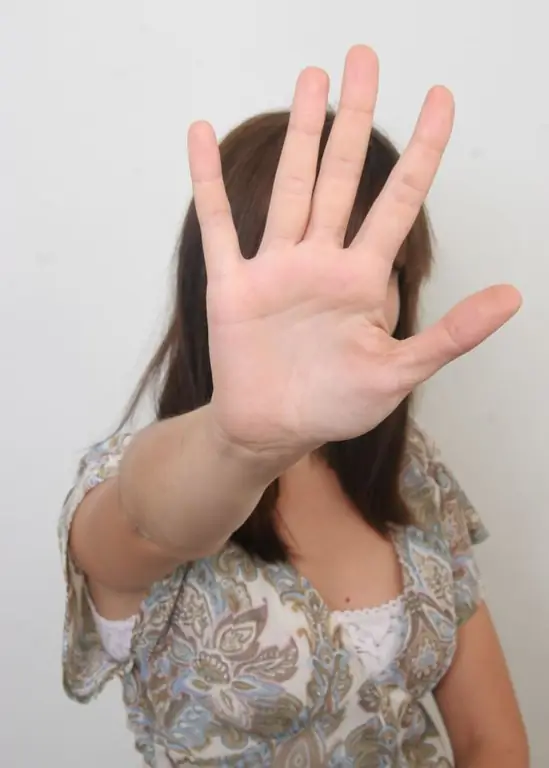"Photoshop" is a real virtual cosmetologist. Judge for yourself, you do not need any cosmetics to cope with acne, puffiness around the eyes, ubiquitous moles and other dermatological problems. It is enough to have a computer at hand.

Instructions
Step 1
Launch Adobe Photoshop (when writing an article, the Russian version of CS5 is used) and open the required photo in it: "File"> "Open"> select file> "Open". It is advisable to use a high resolution image so that the texture of the skin is clearly visible.
Step 2
Create a duplicate of the background layer and then place it in a group by pressing Ctrl + J and then Ctrl + G. This new layer, which appears in the layer list as "Layer 1", is what you will use to blur the skin. Select it by clicking on it with the left mouse button. Click the main menu item Filter> Blur> Surface Blur. Use the Radius and Isogelia sliders to achieve a smoother skin effect, but avoid blurry edges or touching eye elements.
Step 3
Create a new layer by pressing Ctrl + Shift + Alt + N hotkeys and move it above "Layer 1". Right-click on it, select Blending Options, find the Blending Mode drop-down menu (found in the General Options area) and set Hard Light there. You will use this layer to change the tone and to add texture to the skin.
Step 4
Make sure you have Layer 2 selected and press Shift + F5 to bring up the fill window. In the "Use" field, set "50% gray", "Mode" - "Normal", "Opacity" - 100%. Click Filter> Noise> Add Noise from the main menu to avoid the plastic skin effect. Click Filter> Blur> Gaussian Blur and set the Radius to 1 px.
Step 5
Activate the Eyedropper tool and select the most suitable skin color swatch. Open the "Color" window (F6), turn on its menu by clicking on the icon with a triangle and vertical stripes in the upper right corner of the panel, and select "HSB Model". These metrics must be visible to complete the next step. Press Ctrl + U to bring up the Hue / Saturation window and set the same HSB values as in the Color window.
Step 6
Select Group 1 in the layer list, click Layer> Layer Mask> Hide All. Press the D key on your keyboard to make the primary colors black and white. Select the Brush Tool and set the following settings in it: Size - depends on the size of the photo, Hardness - 50%, Mode - Normal, Opacity - 100%, Pressure - 100%. Use the Loupe tool (hotkey Z) to enlarge the image and paint over the necessary areas of the skin with white. Don't be alarmed if your skin tone doesn't seem right.
Step 7
Activate "Layer 2", click Ctrl + U and in the window that appears, set such settings to achieve a natural skin tone. To save the result, click File> Save As> select a path, choose JPEG> Save as File Type.






